The Black Crowned Night Heron is a unique species of waterbird that can be found anywhere near Florida’s fresh or saltwater sources. Standing around two feet tall with a wingspan of about 46 inches, the Black Crowned Night Heron sports a white belly, pale gray wings, red eyes, blue-black head and back, and two white head plumes falling over its back. They are best known for their stocky silhouette and comical lack of neck. Their calls can primarily be heard at night and sound like short, winded whoops.
The Black Crowned Night Heron is aptly named for its nocturnal habits, spending its nights hunting small aquatic animals like fish, mollusks, and the occasional seabird. They are opportunistic feeders and will eat a variety of what is available to them now, even carrion and plant matter. Despite this, they roost colonially in trees with other Black Crowned Night Herons or birds of different species, such as egrets and ibises.

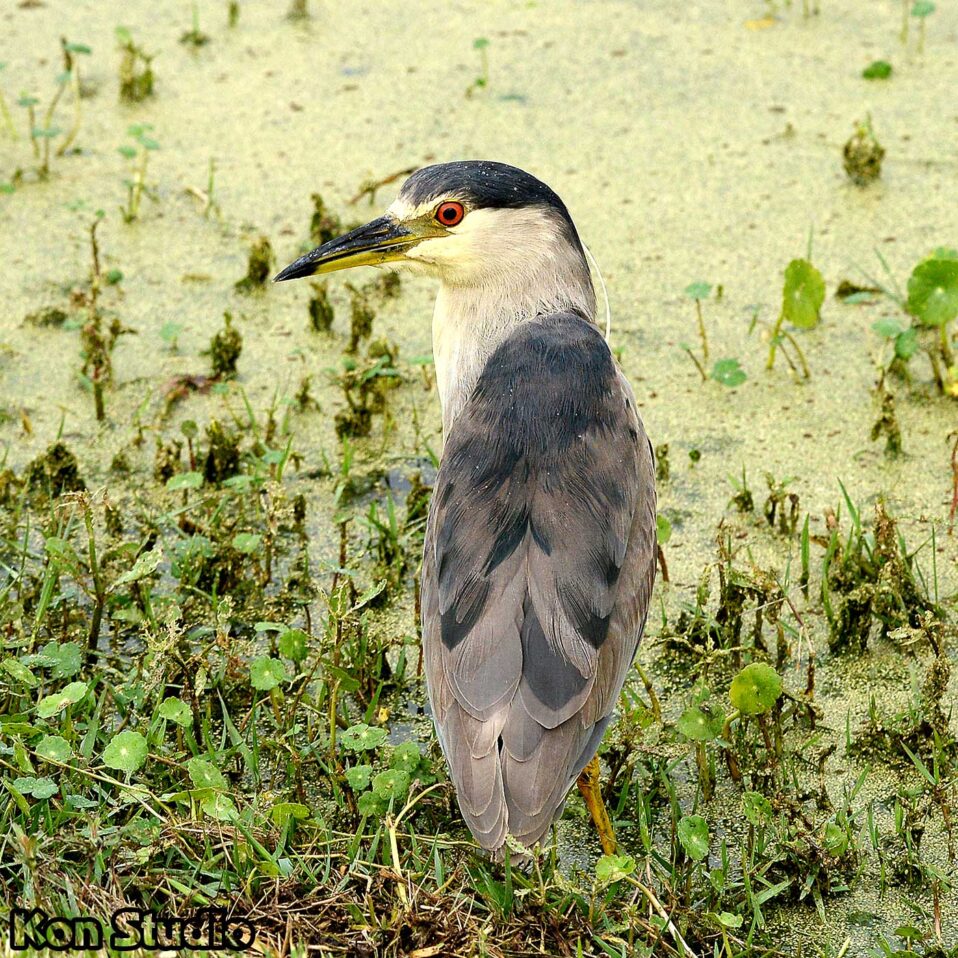
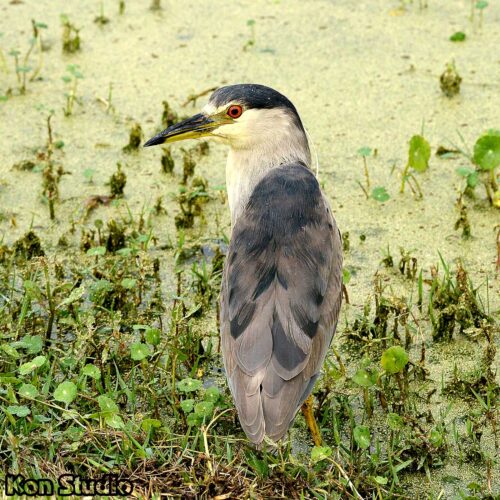
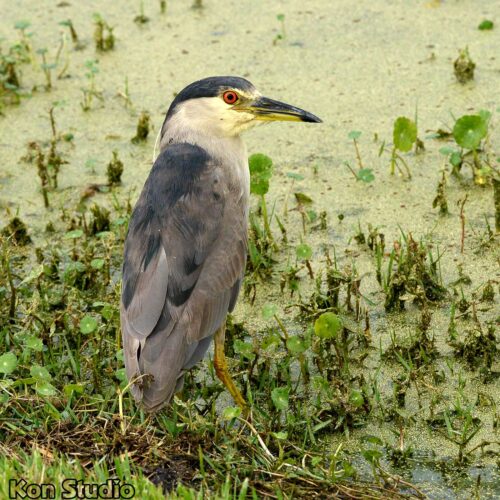
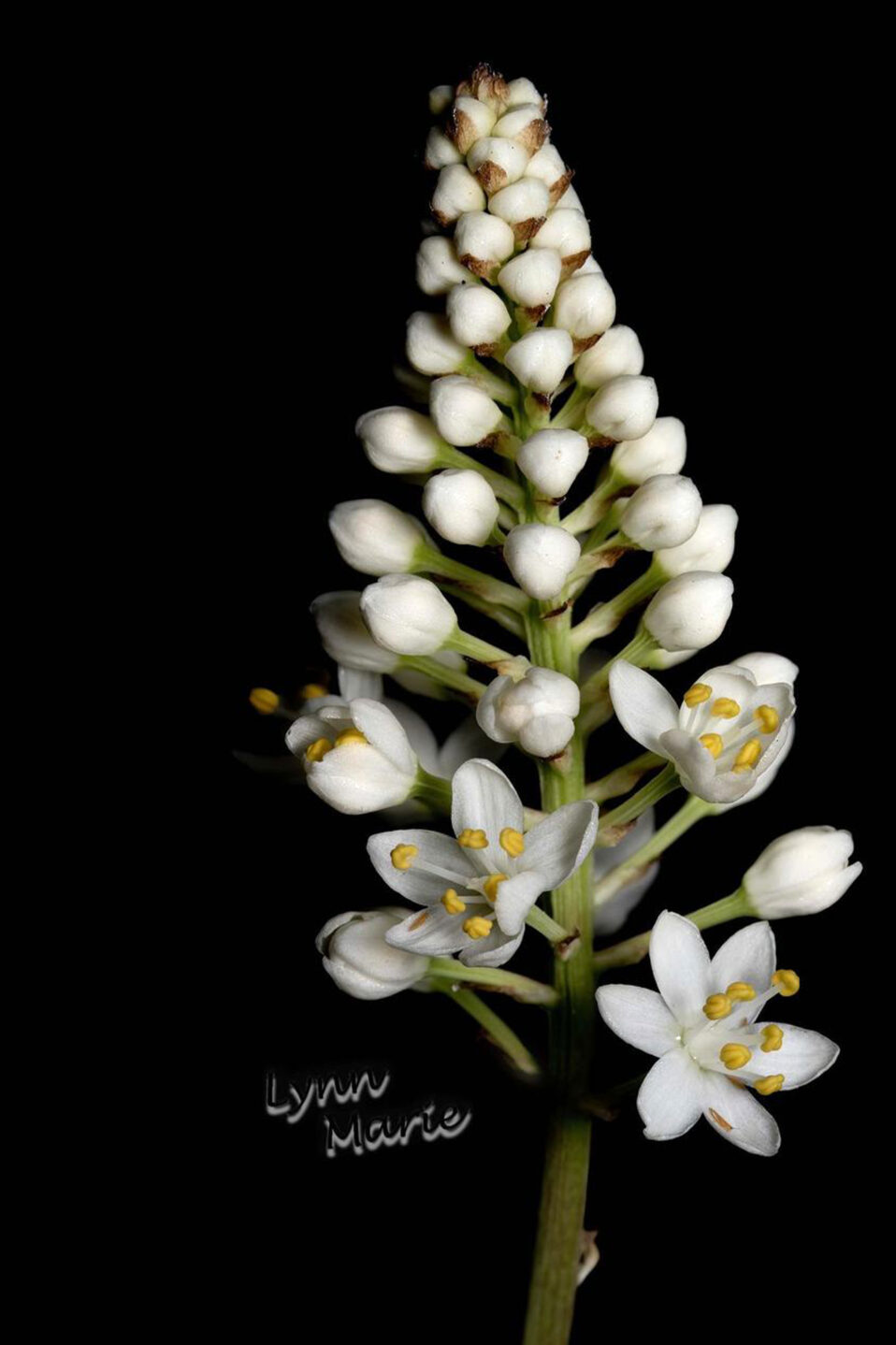
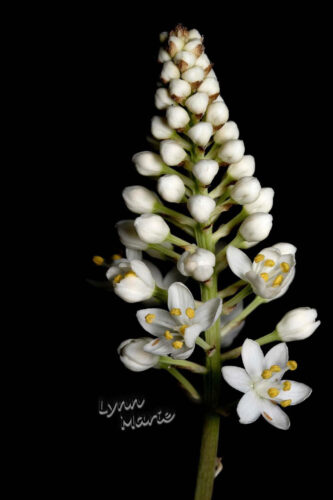
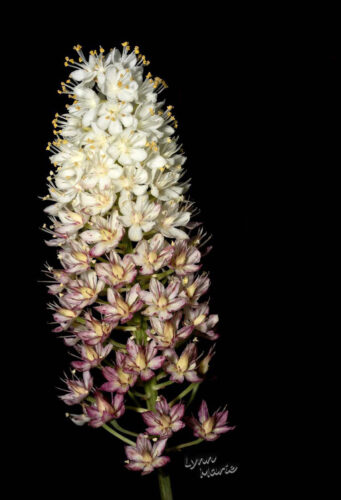
Recent Comments